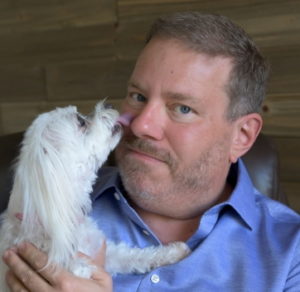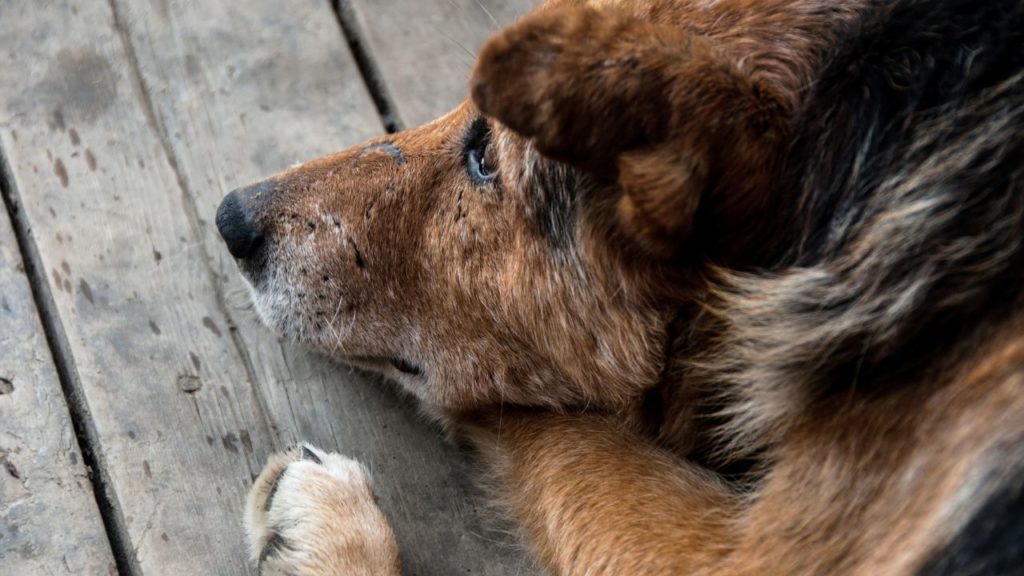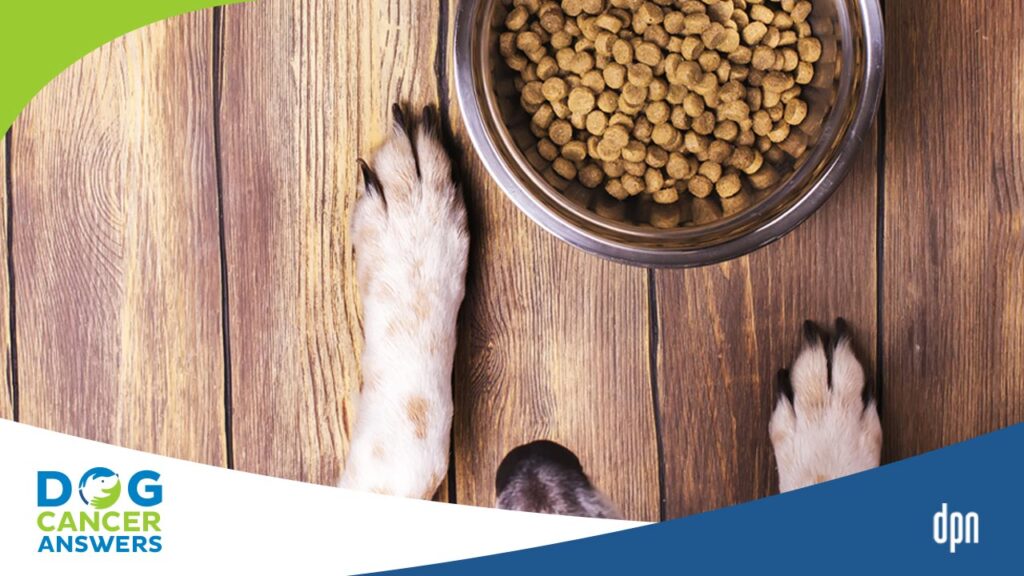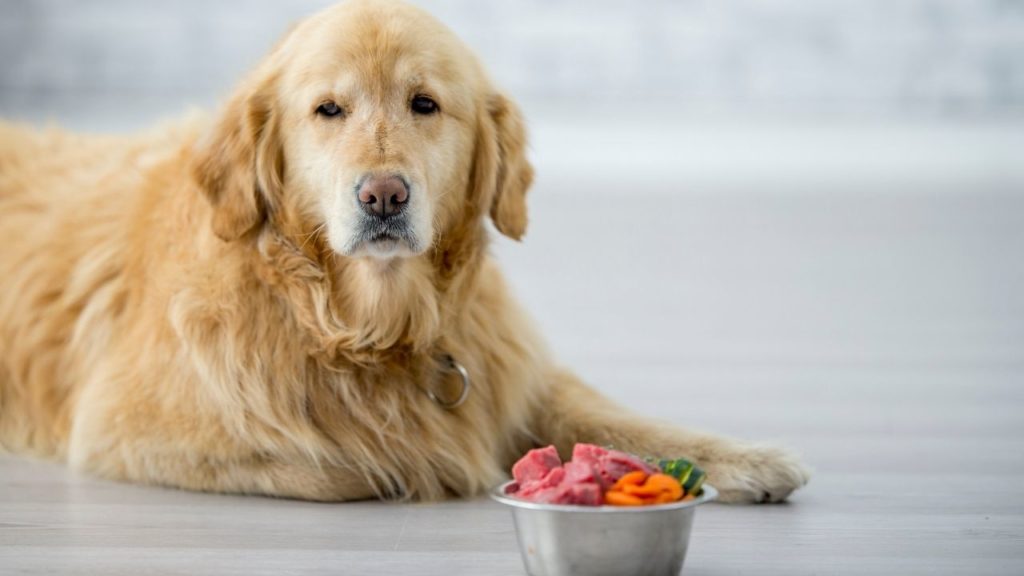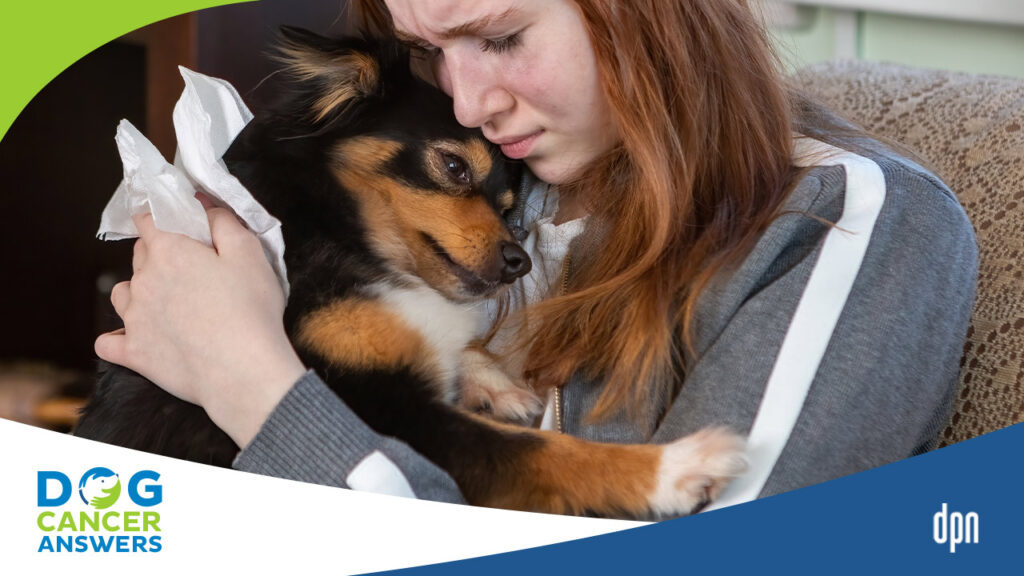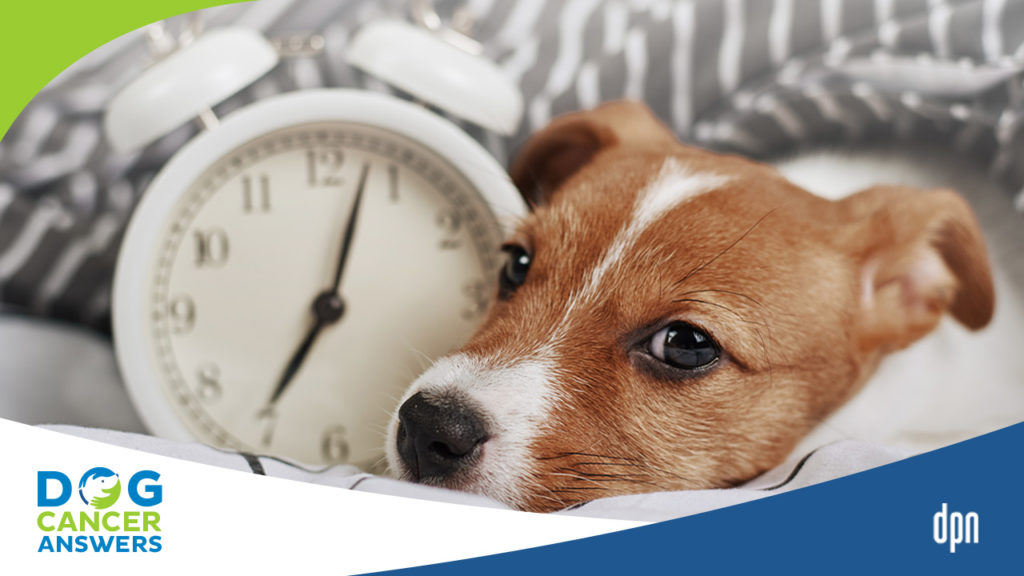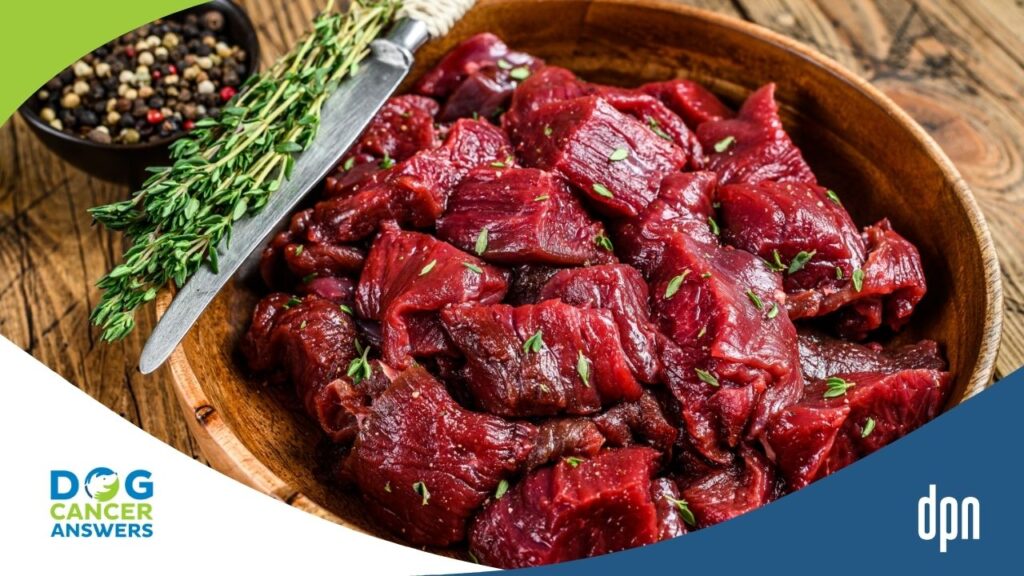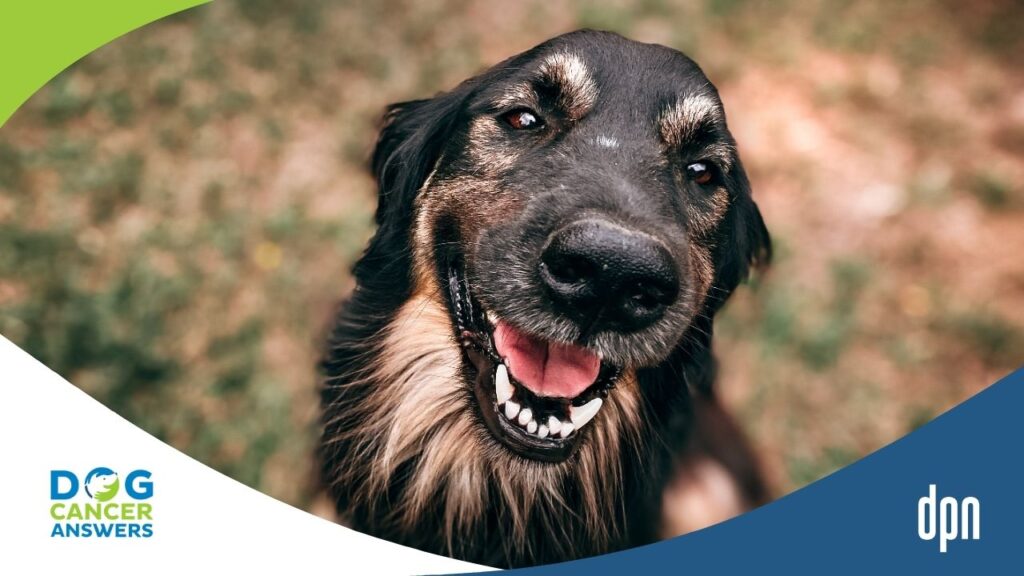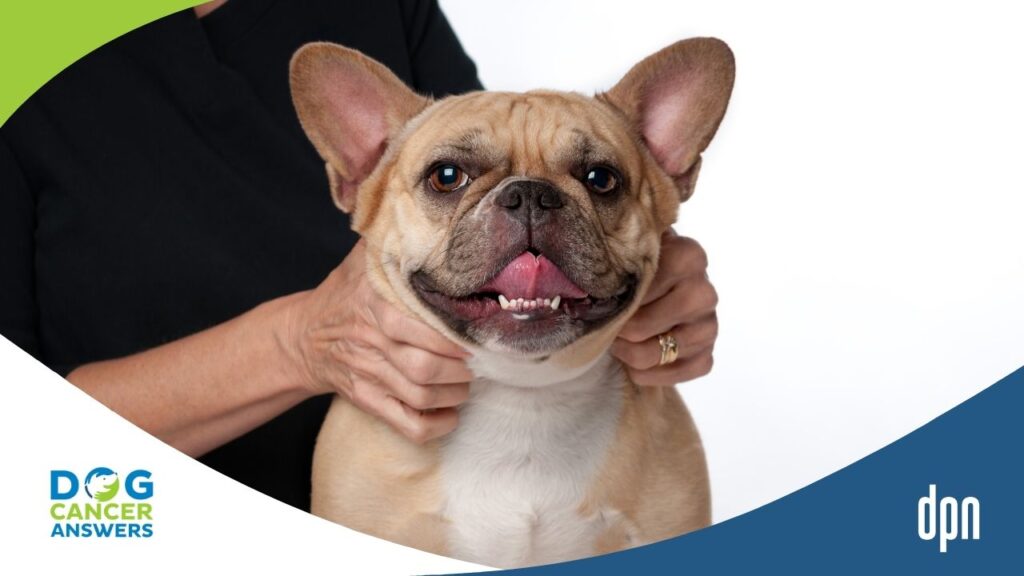EPISODE 56 | RELEASED May 22, 2020
Dog Won’t Eat? What To Do | Dr. Sue Ettinger Deep Dive
Even oncologists panic when their dogs won’t eat.
SHOW NOTES
“My dog won’t eat” is one of the worst things a dog lover can face. It makes us feel desperate, like our dogs are dying in front of us. Even oncologists feel that way, it turns out, when it’s their own dogs. Dr. Sue Ettinger offers medical AND non-medical tips to help your dog start eating again in today’s Deep Dive episode.
Dr. Sue Ettinger is co-author with Dr. Demian Dressler The Dog Cancer Survival Guide: Full Spectrum Treatments to Optimize Your Dog’s Life Quality and Longevity.
Here’s one of Dr. Sue’s great videos on helping your dog eat: https://youtu.be/VOlhyWxPsrk
And here’s another one! https://www.youtube.com/watch?v=E_V6nfrVFBA
The two meds that she mentioned are Entyce and Cerenia.
>> Dr. Sue Ettinger: Appetite is so tied to quality of life and when our pets are not eating, there is so much that is going wrong at a physiological level, like wound healing and all these other things that are not going on for their bodies. So again, it’s super important that we’re addressing appetite.
>> Announcer: Welcome to Dog Cancer Answers where we help you help your dog with cancer. Here’s your host, James Jacobson.
>> James Jacobson: Thanks for joining us today as we talk about something that is sure to drive you crazy if you’re a dog lover: what to do when your dog won’t eat. There is almost nothing that upsets us more than watching our dogs refuse food. It seriously messes with our minds, it feels like they’re dying in front of us, and we just want it to stop.
Well, it turns out that even the experts feel a little crazy when it comes to their dogs not eating, as our guest today, Dr. Sue Ettinger, also known as Dr. Sue Cancer Vet, admits. She is a veterinary oncologist out of New York, and she’s got both medical and non-medical tips to help you help your dog start eating again. So let’s dig in and listen to our conversation now.
Dr. Susan Ettinger joins us. Thanks for being with us again today.
>> Dr. Sue Ettinger: Thank you so much for having me.
>> James Jacobson: I would like to get into this subject of when your dog won’t eat, when they’re getting cancer treatment. It must be heartbreaking.
>> Dr. Sue Ettinger: It is. We both have dogs, right?
>> James Jacobson: I think everyone listening to this show has a dog.
>> Dr. Sue Ettinger: I have Labradors, and I’m married to a veterinarian. So you know, I married my intern-mate and I lose all medical knowledge, sometimes, when it comes to my own dogs. I’m being completely honest here.
And so when my dogs don’t eat, I looked at my, my Kerry, I’m like, Matilda is dying. You know, like, you know, when our dogs don’t eat, it can be terrifying. It can be agonizing. It can be frustrating.
Then putting my medical hat back on as a clinician, when our client’s pets aren’t eating, it is so tied to quality of life. And so it is so important that we address it, that we talk to our clients and figure out if their pets aren’t eating. And what’s interesting is sometimes if you just say, “how’s the appetite?” to a pet owner, they may say “good,” but they may be like hand feeding them chicken and tell you that the appetite’s good, but that’s not good, right? Because they’re not eating their regular food.
So appetite is so tied to quality of life and when our pets are not eating, there is so much that is going wrong at a physiological level, like wound healing and all these other things that are not going on for their bodies.
So again, it’s super important that we’re addressing appetite, not just for the health of the owner, but for the health of the dog.
>> James Jacobson: Okay. But there’s so much there and I want to unpack that. We’ll talk about diet in a moment but in terms of like things to help the, say, after they get a round of chemotherapy and they just feel nauseous, there are things you can do. There are drugs that I’ve experienced firsthand that are pretty much amazing to entice a dog to eat.
>> Dr. Sue Ettinger: You know, the classic drug that we’ve been using for years in veterinary medicine associated with chemotherapy is Cerenia, which is an anti-nausea medication and an anti-vomiting medication, which is a great medication.
What I love about Cerenia is that it comes in injectable form. So there are many drugs, actually a good number of drugs, and I’ve added it to my protocol for my patients. So when they come in and I’m administering chemotherapy in the clinic, I’m often giving a dose of Cerenia with their chemotherapy, and that’s going to last for 24 hours.
So that’s going to prevent that feeling that may be associated with giving the drug and lasts for 24 hours. Then if it’s a drug, like for example, there’s a common drug that we use called doxorubicin, very likely to cause nausea and vomiting within the first five days. I’m going to say, tomorrow you’re going to start this oral Cerenia and you’re automatically going to give it for four days.
So I’m covering them for a good five days, and studies have shown that that’s going to decrease the vomiting and nausea for dogs associated with doxorubicin. So we can be really proactive to prevent vomiting and nausea with that. So that’s the first thing we can do.
And then you actually used the magic word. So there’s a new medication that came on the market probably about year and a half, two years ago from a company called Aratana. And the trade name is so perfect, it’s called Entyce. And what I love about Entyce — and these two drugs can be used together — it has a very different mechanism than the anti-vomiting anti-nausea medication.
It’s an appetite stimulant, and it fools the dog’s brain into that it’s hungry. It mimics the hunger hormone, and so it will stimulate the body, you know, to want to eat. So it’s something called a ghrelin agonist. It works really, really well and can work well together with Cerenia as well. So I actually now send my dog patients home with both Cerenia and Entyce.
>> James Jacobson: I have a story about Entyce, I want to share that, but first, let’s pause for a word from our sponsor, your book, Dr. Sue, The Dog Cancer Survival Guide.
Today’s episode of Dog Cancer Answers is brought to you by the best-selling animal health book, The Dog Cancer Survival: Full Spectrum Treatments to Optimize Your Dog’s Life Quality and Longevity by Dr. Demian Dressler and Dr. Susan Ettinger, our guest today. And in a minute I will tell you how to get their book at a discount.
Now, if you want loads of tips and tricks from both veterinarians AND fellow dog lovers, this book is “the bible” that you should turn to. In addition to covering all the conventional treatments so that they are no longer mysterious, the book also goes over other things that are appropriate for nearly EVERY case of cancer, including botanical nutraceuticals, supplements, nutrition and mind-body medicine.
There are also many “true tails” scattered throughout the book, with lots of stories submitted from readers of previous editions to help YOU help your dog.
The Dog Cancer Survival Guide is available wherever fine books are sold– both online and in physical bookstores.
And since you listen to this podcast, I have got a coupon code for you to get The Dog Cancer Survival Guide direct from the publisher in either paperback with free shipping anywhere in the U.S., or the eBook edition for ten dollars. The website to do that at is ww.DogCancerBook.com.
And you can save 10%… if you use the promo code “podcast” when you check out, you’ll save 10%. The website again: DogCancerBook.com. Use the promo code “podcast” for 10% off. That is www.DogCancerBook.com.
OK, so, here is my story about Entyce: It is an amazing product. Kanga, was not having chemo, but she had cancer surgery and just after the surgery she was, I think so depressed and so upset and felt so betrayed and she just wouldn’t eat. And of course, as you said, that just makes you feel like she is going to die. She’s survived the surgery, but she’s going to just starve herself to death.
And then I think it’s a little drop and you put it in their mouth and, oh my God, she just was totally interested in food again. That made me feel so good.
>> Dr. Sue Ettinger: Yeah. The thing is, you have a small dog. For a bigger dog it is a larger volume. You know? If you have a Golden, it’s a good amount. The other thing that I do want
>> James Jacobson: But you, you squirt it in, right?
>> Dr. Sue Ettinger: You squirt it in, you can put it in the corner of the mouth. The other thing that’s really important with Entyce that I warn people is that for some pet owners, they will give a dose and the dog will eat that day. But the other thing that we have learned is for some dogs, you may need to give it for a couple of days to see benefit.
And so the way that I think about pets with poor appetite is the way that I often think about animals that are painful. So, sometimes your pet needs more than one pain medication, maybe after surgery, or if they have arthritis. So sometimes you may go home with like an NSAID, a nonsteroidal, but you may need another pain medication and sometimes even another.
So if your pet’s not eating, there’s often multiple reasons. They could be painful — you then can get a pain medication, which can cause them to lose their appetite. And then you get an antibiotic, right? Or maybe they have a fever. So sometimes there’s multiple reasons that your pet isn’t eating, and so they may need not just Entyce.
So the reason I say that is because your experience with Entyce isn’t always everybody’s experience with Entyce. And so, I just want pet owners to know that if you give Entyce, sometimes it takes a couple of days.
>> James Jacobson: Oh, I think there were a few days for our dog. It wasn’t just one. It was a few days.
>> Dr. Sue Ettinger: Yeah, I know, but I have had pet owners give it and that like the dog ate two hours later, but I just want people to have realistic expectations.
When your pets not eating, sometimes there’s multiple reasons that they’re not eating. It could be chemo, it could be the cancer. I could have prescribed antibiotics, you know, they could be on pain medications for bone cancer. That’s four things that could be causing poor appetite. It’s not just going to be one magic medication to get them to eat.
So, you know, and I know how important it is to get our pets to eat. So that’s why sometimes doing other things like heating the food and some of these other tricks are as important as giving Entyce, or Cerenia.
>> James Jacobson: Well, let’s talk about some of those tricks, some of those non-drug tricks to get your dog to eat at home.
>> Dr. Sue Ettinger: There are other things that we can do. So sometimes they don’t want to eat the regular food. So when they’re going through chemo, their taste buds can change. So it may be that you are going to mix in some human food. So it could be chicken, it could be eggs, or you know — what you don’t want to do is use lots of oil or butter or grease or things like that because you don’t want to cause diarrhea.
I have learned a lot from listening to my audience, and so I actually did a thing on Facebook and Instagram and I said, “Hey guys, what are some of your tips?” And so some people told me that sometimes by taking their dog’s food, instead of feeding them in the bowl, they put it on their plates and that’ll work.
Some owners have told me by taking their dogs outside to eat. The same food that they wouldn’t eat inside, they will eat. Heating the food, you know, not too hot, but just gently warming it.
I love to add low sodium chicken broth to their food when they’re not eating. Sometimes a little bit of tuna or the oil from the tuna, you know, just things to like stimulate it.
Things like that. So I’ve done some videos on it, one on the nonmedical things, and then some of the medications that you can use as well.
But this was one of my favorite, and this was a cat one, but I still thought it was really interesting. She told me that you can take the same food and cut it in slices, then dice it, and then filet it.
And the same food in different textures could often get her cat to eat.
>> James Jacobson: They have a mind of their own. Absolutely. Well, with Kanga, just to talk about Kanga for a moment, because I could always talk about Kanga, the thing that helped her get to eat was we’d set a place for her at the table, put a dog bed on the chair, and literally used, as you said, the same dishes that we are eating off of.
And she thought she was like a princess, that and a little Entyce and she was just happy and she thought, “Oh, this is good. Maybe this was the new normal.”
>> Dr. Sue Ettinger: Right. So you know, sometimes it’s a combination of all these different things. One of my nurses, her dog actually had a surgery for the nose. It was a little pug, and so they kind of needed to open up the nostrils and this dog lives to eat.
It’s an overweight pug and the dog wouldn’t eat. We tried pain meds, we tried Cerenia. This was before Entyce days. She finally took the food and dumped it on the the kitchen floor, and the dog ate. He wouldn’t eat out of the bowl, but he would eat off the floor, you know? So again, sometimes it doesn’t take a medical degree, it just takes a little bit of trial and error to get our dogs to eat.
>> James Jacobson: Awesome. Well, thank you so much, Dr. Sue.
>> Dr. Sue Ettinger: Thank you so much for having me.
>> James Jacobson: I’d like to thank Dr. Sue Ettinger for that Deep Dive. So, let me ask you, do you feel just the tiniest bit of relief when you hear Dr. Sue admit that she “loses all medical knowledge” when it comes to her own dog? It’s not just us who feel crazy sometimes.
The bottom line is this: when your dogs won’t eat, your veterinarian might have a medical solution to try, but it could also be a number of other factors. So trying everything that you can think of is important, even dumping the food on the floor. Anything that works, that gets your dog to eat, is worth trying.
For more tips and tricks from Dr. Sue and her husband, Kerry, a veterinary internist, you can watch her YouTube channel. We’ve put links in the shownotes to today’s episode, where you can find that either in your podcast app or on our website at DogCancerAnswers.com.
I’ll tell you a little about our next Deep Dive episode on brand new pain management strategies in a bit, but first, don’t forget to subscribe to our show and write a review, and tell your friends or even your veterinarian and the vet techs about this program. The more ratings, reviews, listens, and subscriptions that we get, the higher we get ranked, and the more likely other people are to find us just when they really need us.
–TOUCH TONE SFX–
Ah, those touch tones. They remind me to remind you that if you have a question you can ask one of our veterinarians. It’s easy to do, just call our listener line. Here’s the phone number, it’s 808-868-3200, it is a recorded 24-hour-a-day line where you can leave your question for one of our veterinarians to answer on a future episode of Dog Cancer Answers.
And if you have an inspiring True Tail to share with us, please tell your success story on DogCancerAnswers.com, where you can also listen to or download our back catalog of episodes. That’s the best way to get the information you need to help optimize your dog’s life quality and longevity.
A quick thank you once again to our show sponsor: The Dog Cancer Survival Guide book by Demian Dressler and Sue Ettinger, available wherever fine books are sold. And remember, if you’d like to help support this podcast, get the book today– direct from the publisher at DogCancerBook.com. Use the promo code “podcast” for 10% off. That is www.DogCancerBook.com.
Coming up on our next Deep Dive episode of Dog Cancer Answers, Dr. Demian Dressler arrives armed with mountains of clinical and research-based evidence for new pain management strategies. This is a must-listen episode, because things have really changed in the last few years.
Make sure you get that episode as soon as it’s released. Please subscribe to Dog Cancer Answers in Apple Podcasts or your favorite podcast app. We are also on Spotify and YouTube and hey, of course, Google Podcasts.
I would like to thank Dr. Sue Ettinger for being our guest today. You can reach her at her website, DueSueCancervet.com/
Until next time, I am James Jacobson. From all of us here at Dog Cancer Answers, & Dog Podcast Network–I wish you and your dog a warm Aloha.
>> Announcer: Thank you for listening to Dog Cancer Answers. If you’d like to connect, please visit our website at DogCancerAnswers.com or call our Listener Line at 808-868-3200.
And here’s a friendly reminder that you probably already know: this podcast is provided for informational and educational purposes only. It’s not meant to take the place of the advice you receive from your dog’s veterinarian. Only veterinarians who examine your dog can give you veterinary advice or diagnose your dog’s medical condition. Your reliance on the information you hear on this podcast is solely at your own risk. If your dog has a specific health problem, contact your veterinarian.
Also, please keep in mind that veterinary information can change rapidly. Therefore, some information may be out of date.
Dog Cancer Answers is a presentation of Maui Media in association with Dog Podcast Network.
Hosted By
SUBSCRIBE ON YOUR FAVORITE PLATFORM
Topics
Editor's Picks
CATEGORY

